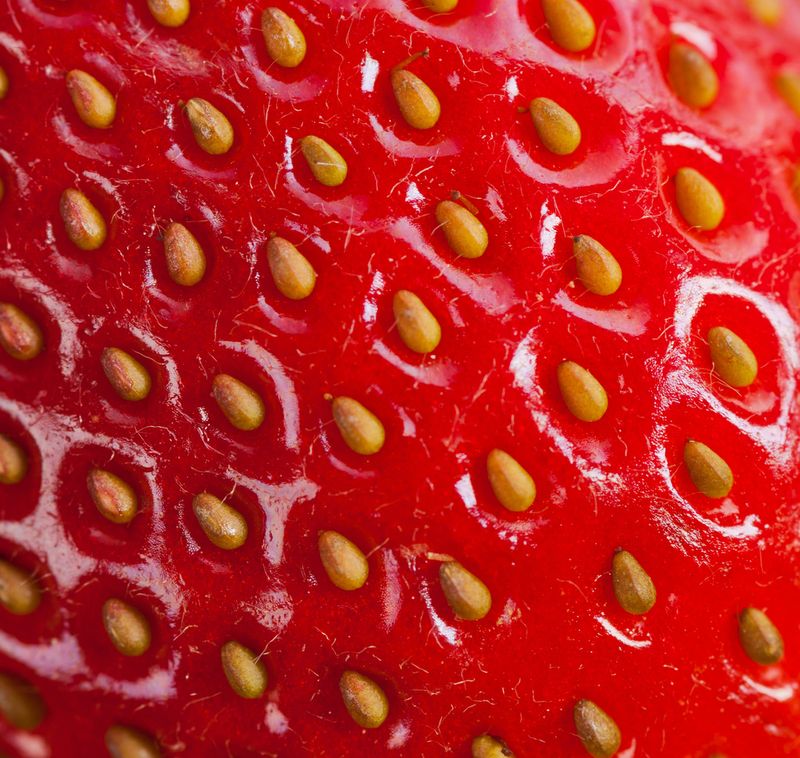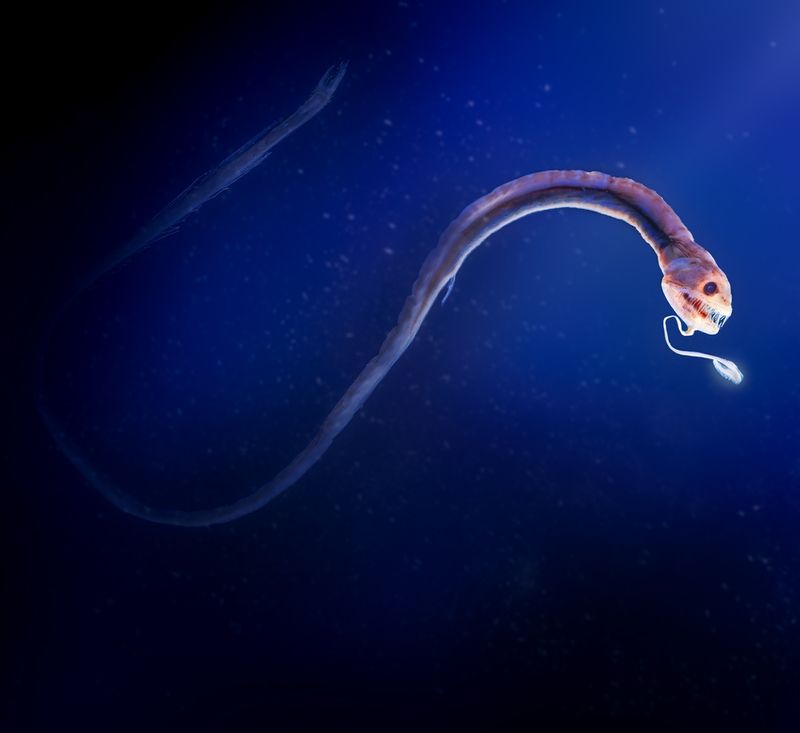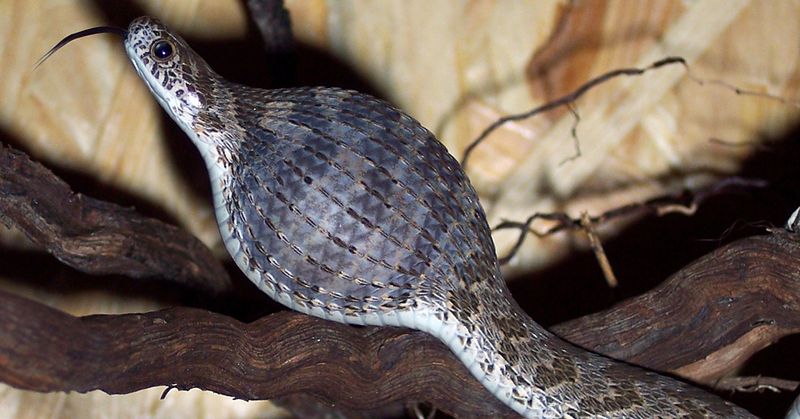You might already be aware that the name “strawberry” is a misnomer, as strawberries aren’t really berries at all. Well, it seems strawberries are full of surprises, or rather covered in them because those seedy-looking white dots aren’t actually seeds.
The strawberries’ pitted accessories are called achenes, and they are in fact the plant’s fruit, with each containing a single seed inside. The term “achene” actually refers to the simple dry fruit produced by many different flowering plant species, including quinoa, buckwheat, and cannabis.
So, if the strawberry isn’t the fruit of the plant, and it’s not a berry, then what is it?
Strawberries are technically aggregate fruit, from the family Rosaceae. Raspberries and blackberries also fall into this category, and they all belong to the same family as roses.
The term “berry” is vague in the sense that any edible, fleshy fruit containing seeds can be referred to as a berry, but there is actually a scientific classification. To be classed as a berry, the fruit must contain more than one seed and be made up of an outer skin (exocarp), a fleshy middle (mesocarp), and an inner casing that holds the seeds (endocarp).
Berries are derived from a single ovary of an individual flower and are made up of two distinct groups. Citrus fruits belong to the taxonomic group hesperidium and are classified as modified berries, while the Cucurbitaceae family (including gourds, cucumbers, and watermelon) comprise the pepos group of berries.
That’s right, grapefruit, lime, and pumpkin are all technically berries.
Strawberries, unlike the true berry group, are actually the swollen receptacle tissue that holds the seed-carrying fruit on its surface. Unlike other fruits, when the strawberry flower is pollinated the fruit doesn’t swell; instead, the receptacle tissue swells, while the true fruit separates into small, dry achenes. And since achenes contain only one seed, they can’t be classified as a berry either!
To add insult to injury for the poor tasteless achene fruit, most strawberry plants aren’t even grown from their seeds. Strawberry plants send out what’s called “runners” as they grow, essentially little strawberry clones that will take root and begin growing when they reach the ground.
The unusual life cycle of these berry imposters means they’re lumped in with the rest of the fruity outcasts in the aggregate fruit category, along with the drupe classification of one-seeded freaks.
An earlier version of this article was published in January 2023.




